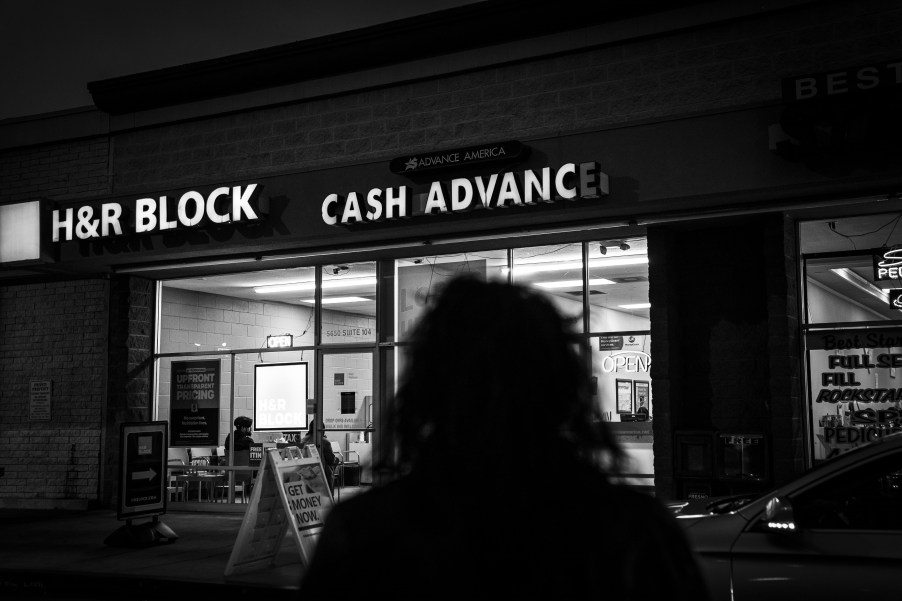
Gen Z, Millennials Struggling the Most to Afford Car Loans
Millennial and Gen Z car loan default article highlights:
- Gen Z and millennial car loan holders have higher default rates than the national average
- The higher default rates could be tied to the wealth gap and/or poor credit histories driving them to high-interest loans
- There are ways to avoid defaulting on your car loan and even getting your car back if the financial institution repossesses it
Let’s face it: without financing, aka loans, most of us couldn’t afford to buy cars. That’s been the case even before used and new vehicle prices spiked sky-high. But while simply getting a loan is stressful enough, it’s nothing compared to paying it off. And that’s assuming you can pay it off at all. To some, that sounds like a reasonable assumption. Yet according to a new report, it’s not a given for many Gen Z and millennial car loan holders, because they’re going into default in droves.
Millennials and Gen Z default the most on their car loans

You might not be familiar with Cox Automotive, but you’re likely familiar with some of its brands. The company owns, among other things, Kelley Blue Book and Autotrader. Besides car sales, though, Cox Automotive also researches the economics of car buying. And it measures automotive affordability through Moody’s Analytics Vehicle Affordability Index.
This index is updated monthly and indicates the median number of income weeks someone needs to afford a new car. And in April 2022, that number was 40.6 weeks. That’s 18% higher than in April 2021 and 78% of an entire year’s wages. Furthermore, Cox Automotive found that median U.S. income grew by 0.3% in April 2022, but car prices paid grew by 0.7%. Yet while that’s bad news for all new-car shoppers, it’s particularly bad for millennials and Gen Z buyers.
See, rising car prices mean rising car loans. Although the total number of new loans was 3% lower in Q1 2022 than 2021, the average balance rose by 15.2%, says credit reporting agency TransUnion. And with wages not keeping pace with prices, some people couldn’t keep up with their payments. Those people, for the most part, were millennials and Gen Z members.
Overall, 1.63% of car loan holders went into default in Q1 2022. However, 2.21% of Gen Z and 2.14% of millennial loan holders went into default in the same period. That’s up from 1.75% and 1.66%, respectively, before the pandemic.
In short, while new cars are less affordable than before, they’re even less affordable for Gen Z and millennial buyers. And that’s before we get into ownership costs.
Fancy lattes aren’t why Gen Z and millennials can’t afford to keep their cars
Before you start joking about avocado toast, let me remind you that ‘millennial’ refers to someone born in 1980-1994. Meanwhile, a ‘Gen Z’ individual is someone born no earlier than 1995. The oldest members of Gen Z are almost 30 years old, and the oldest millennials are in their 40s. We’re not ninny-headed children: we have mortgages and 401(k)s, people.
Mini rant over, there are a few possible reasons why car loans held by Gen Z and millennial buyers have higher default rates. Firstly, although millennials have increased their spending power, they haven’t closed the wealth gap. Even before the pandemic, millennial earnings were 11% below where they should’ve been, Business Insider reports. Secondly, Gen Z buyers typically have little to no credit history. That gives them poor or no credit score, which also makes them prime targets for predatory loans.
On that subject, there are fewer cheap new cars on the market. Case in point, the only sub-$15,000 new car in the U.S., the Chevy Spark, is about to die off. But because of how car-centric the U.S. is, millennials and Gen Z members often can’t afford not to own a car. Thus, relatively low earnings force them into either ridiculously-long repayment periods or high-interest subprime loans.
But other subprime loan holders might be getting a taste of the Gen Z and millennial woes soon. In March 2022, the credit reporting agency Equifax found that 8.5% of subprime car loans were in default. And this was just the tail end of an eight-month increase in delinquency rates, the Wall Street Journal reports.
What happens if you default on a car loan?

The best way to avoid defaulting on a loan is to not borrow more than you can afford to pay. And I don’t just mean a monthly payment: interest adds up fast. But even the most rigorous financial planning can’t foresee everything, such as emergency medical expenses. And if you’re living paycheck-to-paycheck, that makes it all too easy to default on your car loan.
Each financial institution has its own definition of ‘default.’ Some might only call it a loan defaulted if you haven’t paid for 90 days, while others claim it after 24 hours. But no matter the period, if you don’t pay, the bank/credit union can take it away. In other words, if you default on a loan, you risk getting your car repossessed.
The good news is some institutions have deferment programs to give you some financial breathing space. And a repossessed car isn’t necessarily gone for good. But if you’re continually on the edge of default, it might be time to cut your losses and find another form of transportation.
Follow more updates from MotorBiscuit on our Facebook page.


